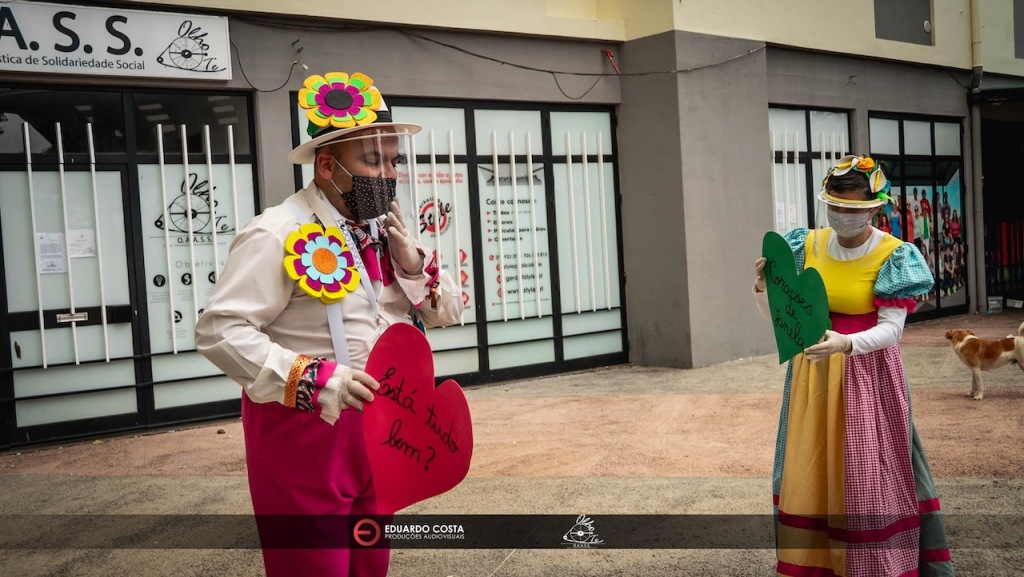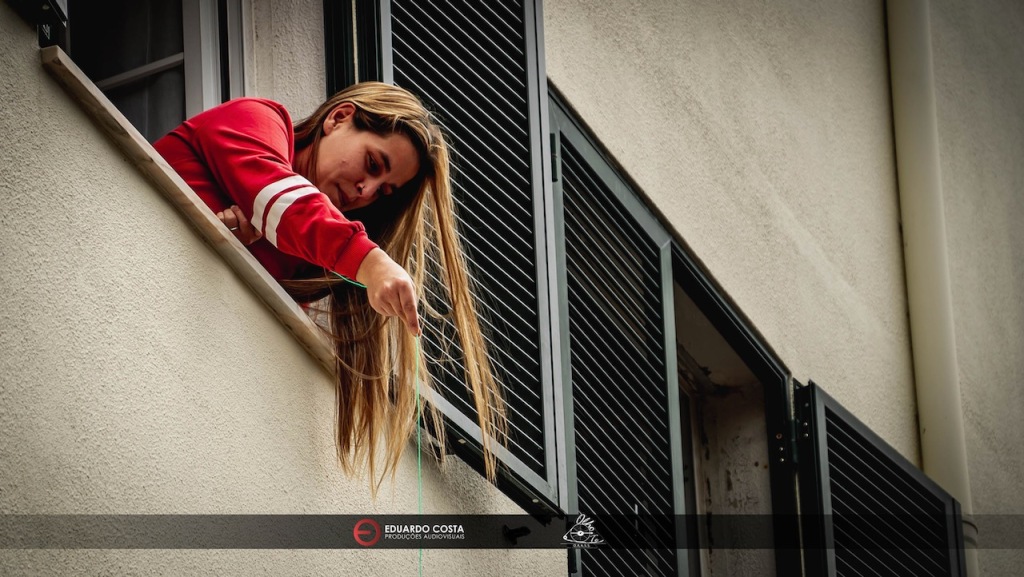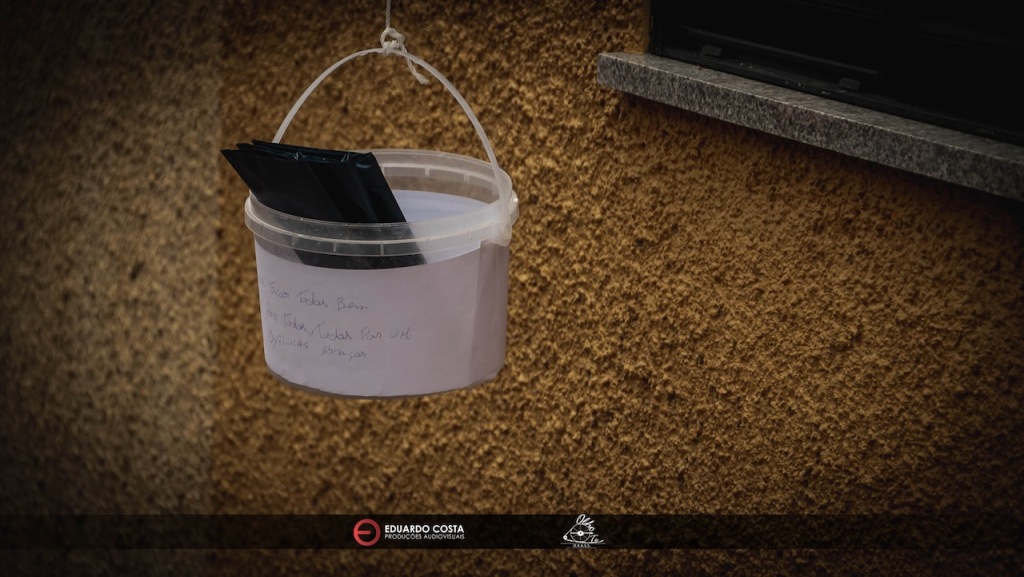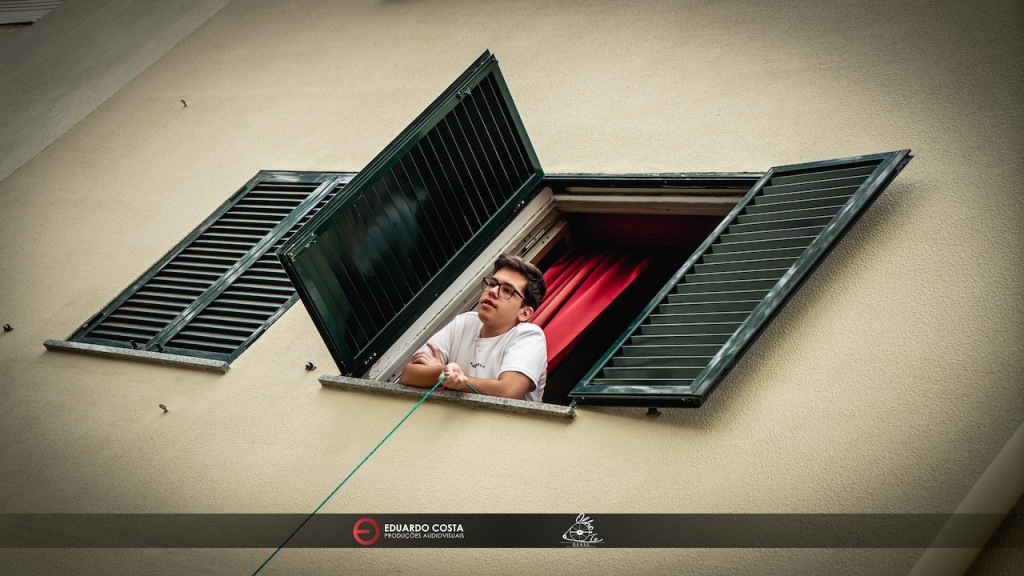Welcome to the fifth and final installment of François Matarasso’s virtual residency on my blog. Following on my virtual residency with François earlier this month, I’m hosting our second residency. Between 31 May and 4 June 2020, François is publishing guest posts here, offering a selection of his past writings on art and community that were originally published on his blog, A Restless Art, where you can read more about François’ work and download a free PDF of his book of the same name. Each blogpost is accompanied by a piece of music François has chosen.
Today—on Thursday 4 June at 10 am MDT (9 Pacific, 11 Central, noon Eastern, and 5pm BST)—François and I will host an online conversation about a burning question for artists who work in community: how will it be possible to carry meaningful community-based arts work forward if the venues, resources, and the nature of participation are drastically changed? If you would like to join us, please register on Zoom. There is space for up to 100 people.
This is the most recent of François’ writings shared in this virtual residency, and the piece that inspired me to ask him to take part in a conversation on the future of community-based arts work under emergent conditions. We had been talking regularly with a few other colleagues from North America and Europe when the pandemic broke, and our conversations took an imperative and confused turn. Early on, François was seeing the implications more fully and clearly than I. A few months on, we can’t know the future, but we can read the signs. I look forward to talking with you, dear readers, about what it all means and where we might go from here.

How can community art continue?
In the first days after everything stopped, I had a series of emails and calls about work I was expecting to do over the spring and summer. Workshops, talks and projects – they all evaporated like water on hot stone. I wasn’t surprised or unduly concerned. Everyone agreed that we’d replan ‘when things get back to normal’.
Things change fast at the moment, and it was soon clear that things were not going to get back to normal in the foreseeable future. The community artists I know are stuck at home, the more fortunate employed or furloughed, the majority scrabbling to save freelance careers. This is badly paid work, often undervalued by the arts world. When large institutions with million pound grants are going bankrupt, it is hard to be optimistic about the future of community art, even if it has always been light on its feet and adaptable. But however the economics unfold, artists who work with people face a more fundamental difficulty: in a time of social distancing can community art happen at all?
The first thing to say, is that it is now greatly needed. Community art plays a vital role the social life, wellbeing, learning, empowerment and happiness of millions. Today, there are hundreds of thousands who are cut off from activities that are deeply important to them. Artists are doing what they can for some of these vulnerable people, with online and offline activities. They have drawn on deep wells of creativity, imagination and care to connect with their communities. For example, in Funchal (Madeira) Hugo Andrade and Cristina Loja of Olho.Te have created an initiative called Corações de Janela (Window Hearts). Because their longstanding work with residents of the Nazare estate could not continue, they have encouraged people to use their windows to show art work and handmade treasures and simply to connect.
This is an important, heartfelt initiative, but it cannot replace the powerful range of community art that has made Olho.te such an important part of community development in the area. And if you watch this new film from Fun Palaces – who have also been reinventing their work to reach out to people who are isolated without online access – you can’t help but see how much Fun Palaces depends on people being together, to sing, make, dance, talk and just hug.
After months of lockdown and social isolation, we deeply need the freedom and joy that such activities offer and yet we know that we must hold back, wave vague greetings at people we want to kiss, and not stand too close. I don’t know how we can we make community art in such conditions, but I’m starting to think about it, and to encourage others to do so too.
On Wednesday, I’ll chair a webinar (another learning experience!) for Emergency Exit Arts that will be an opportunity to talk about the future. If you have ideas, or are just looking for them, why not join the discussion? But don’t worry if you can’t make it – we’re going to be talking about this for some time yet.

“Better Things” by Dar Williams with Gail Ann Dorsey.










